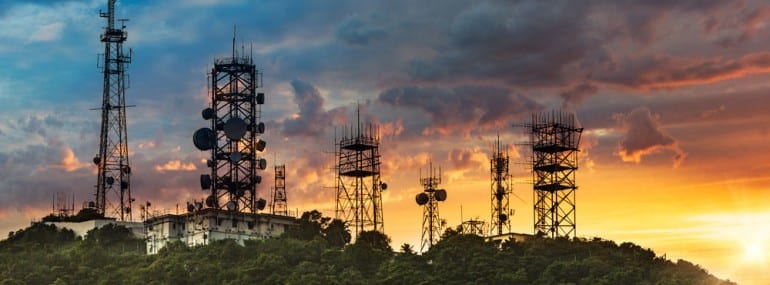Towers & Value
Vodafone made an excellent decision by listing their towers as quickly as possible...
By Dominique Jacquet

Earlier this year, we mentioned the listing of Vantage Towers, a subsidiary of Vodafone, in the film devoted to telecommunications towers and more specifically to the world leader American Tower Corporation.
After considering a valuation of 20 billion euros in September 2020, Vodafone finally listed its towers for an enterprise value of around 14 billion euros, including 2 billion of net financial debt. The firm can thus collect the sale price of part of its shares for 2.8 billion euros, a welcome flow of funds to (modestly) reduce net debt which amounts to 40 billion. Admittedly, Vantage remains under the control of Vodafone and consolidated by global integration, but we can imagine that Vodafone gradually separates from a highly capital-intensive activity, with low assets turnover and which weakens its ROCE before tax currently in a range of 5% to 6%. Carefully, Vantage commits to maintain financial leverage (Net debt / EBITDA) below 4.
At the same time, Cellnex, the European leader, must increase its capital in order to finance accelerated growth, that is constrained by debt which represents approximately 5 times EBITDA … The company raises 7 billion euros and its enterprise value still represents 28 times EBITDA, at the same level as American Tower.
Vantage enters the Frankfurt Stock Exchange with a valuation corresponding to 25 times EBITDA and the entire sector has a ß between 0.2 for American Tower and 0.3 to 0.35 for its competitors: the leader’s premium!
In an evaluation process, it is sometimes difficult to find “really comparable” companies to calculate roughly consistent multiples: the telecommunications tower industry offers us an example of an application to teach in business schools!
On the other hand, it is necessary to explain to the students that the shares of these firms look more like bonds … A ß of 0.2 or 0.3 represents a risk premium of around 1% to 1.5% and the observation of the interest rate of loans and bonds communicated by the firms mentioned in this blog shows that the cost of debt is equal to the cost of equity, which is more difficult to explain to the same students …
On the other hand, a “total shareholders’ return” of 16% over 10 years with a dividend representing with good regularity 2% of the stock market price is easier to explain. But, this represents the past. What will happen when the sector loses its “bond” character and becomes a classic real estate activity again, deserving a ß in the range of 0.5 to 0.7? Then the EBITDA multiple will drop to 17 or 18, which was its historical position.
So, Vodafone made an excellent decision by listing their towers as quickly as possible…